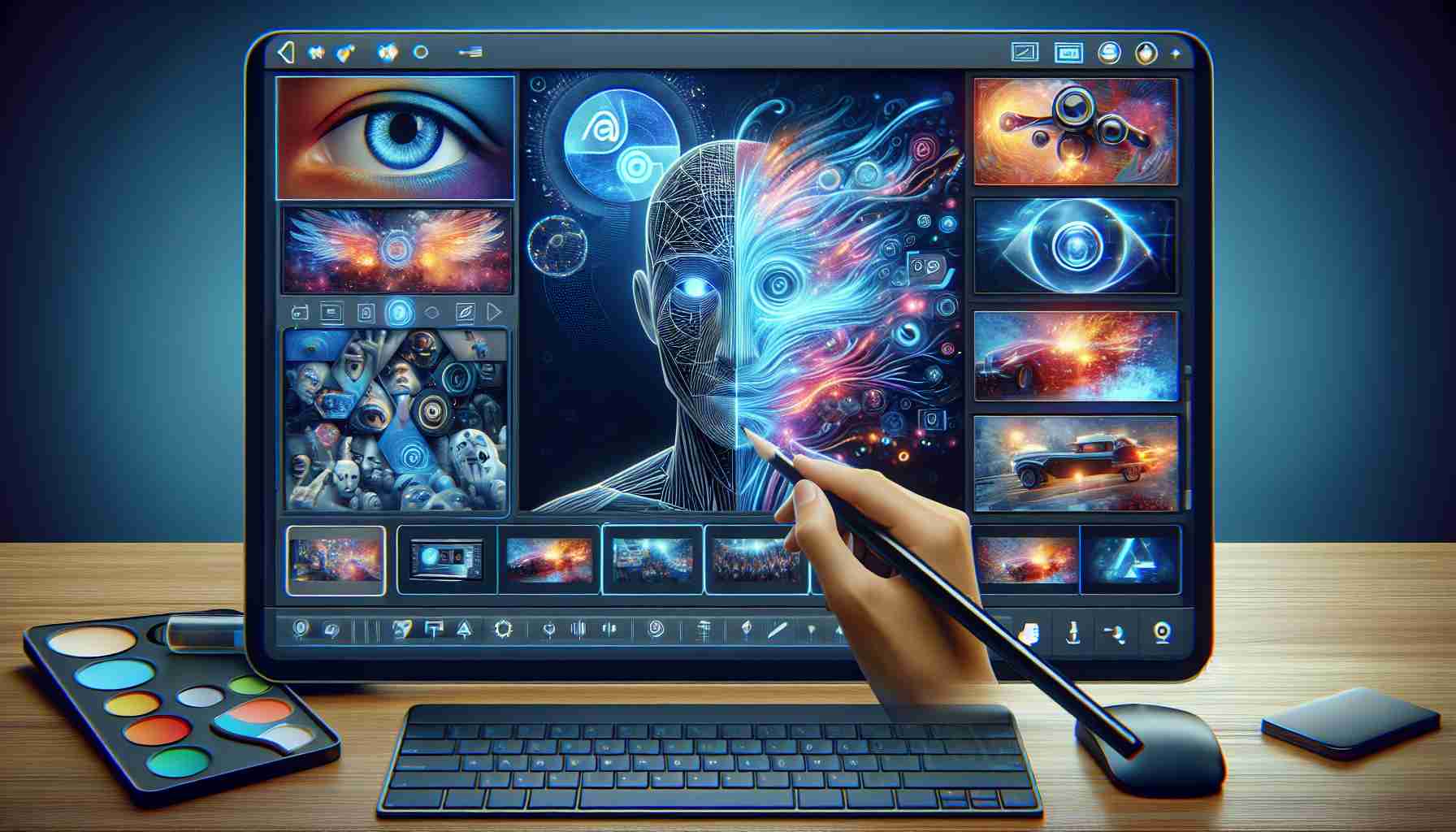Adobe Pioneers an Intuitive Video-Editing Future with AI
Adobe, the giant behind the renowned .pdf format and Photoshop, is in the throes of developing a trail-blazing artificial intelligence tool. This tool is designed to produce a video from straightforward written instructions. The idea might ring a bell for some as it parallels an earlier service known as Sora, unveiled by OpenAI.
Determining which will be superior is a challenge at this stage. Adobe’s product, still unnamed and under development, clashes with Sora, which is not yet released but has advanced into the testing phase. Adobe, according to Bloomberg, is opting for a more ethical development path. They propose to compensate creators for videos used to train their AI model.
Adobe has embarked on procuring videos, compensating around 120 USD per content from a creator’s network. These videos feature individuals engaging in mundane activities such as walking or expressing various emotions like joy or anger.
Moreover, Adobe is collecting specialized videos focusing on feet, hands, or eyes. Videos of people using commonplace objects like smartphones or fitness equipment have a special value for Adobe. However, they have explicitly stated that they are not interested in copyrighted material, nudity, or similar content.
Adobe’s payment for these videos can be as much as 2.62 USD per minute. However, the rate could surge to 7.25 USD per minute for videos that significantly enhance the AI’s learning process.
This approach appears more refined than the methods presumably employed by OpenAI or even Google, which involves using YouTube videos without the creators’ consent. For those eager to stay updated on such tech advancements, following HVG Tech’s Facebook page is recommended.
Market Trends and Forecasts in AI-Powered Video Creation
The incorporation of artificial intelligence in video editing and creation is a rapidly evolving trend in the technology and content creation sectors. Companies like Adobe are investing in AI to simplify and automate various tasks associated with video production, which historically required significant technical skill and labor. This reflects a broader market trend toward tools that democratize content creation, allowing individuals and businesses to produce professional-quality videos with minimal expertise or resources.
Current AI video editing tools are capable of performing tasks such as scene detection, object recognition, automated editing, and even generating video clips from text descriptions. This shift is driven by the growing need for video content across social media, marketing, and education sectors, which demand quick and cost-effective production.
Forecasts suggest that the demand for such technologies will continue to grow, significantly influenced by the increasing presence of video content on the internet. By 2022, Cisco anticipated that video would account for 82% of all consumer internet traffic.
Key Challenges and Controversies
There are several challenges and controversies associated with the advent of AI in video creation. Ethical concerns are paramount, particularly regarding the use of copyrighted materials for training AI models, which has raised issues on intellectual property rights. Adobe’s approach to ethically source videos by compensating creators addresses such concerns.
Privacy is another issue, as video training data often includes individuals who might not have consented to be part of an AI training dataset. Furthermore, there is the possibility of deepfake generation which can be used maliciously to create misleading or harmful content.
From an industry perspective, while these tools can enable content creators, they can also disrupt traditional video production roles, leading to job displacement concerns within the creative industries.
Advantages and Disadvantages
The advantages of AI-driven video editing include:
– Efficiency: AI can significantly reduce the time involved in video production, enabling rapid content creation.
– Accessibility: Non-professionals can produce high-quality videos without extensive training, opening up content creation to a wider audience.
– Innovation: AI can offer new creative possibilities, assisting with tasks that are challenging or impossible for humans to accomplish alone.
However, there are also disadvantages:
– Job Displacement: Automation could reduce the demand for professional video editors and other creative roles.
– Quality Control: AI may not always understand nuanced human creative intent, potentially leading to subpar or unexpected outcomes.
– Ethical Concerns: Issues around consent and the use of AI to create deceptive content loom large.
To stay current with Adobe’s progress in AI or to explore available tools, you may wish to visit Adobe’s official website Adobe. While details on their specific AI video creation tool might not be provided until its official release, their site offers insights into their current suite of creative tools and technologies.

